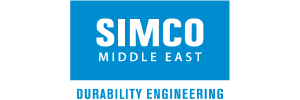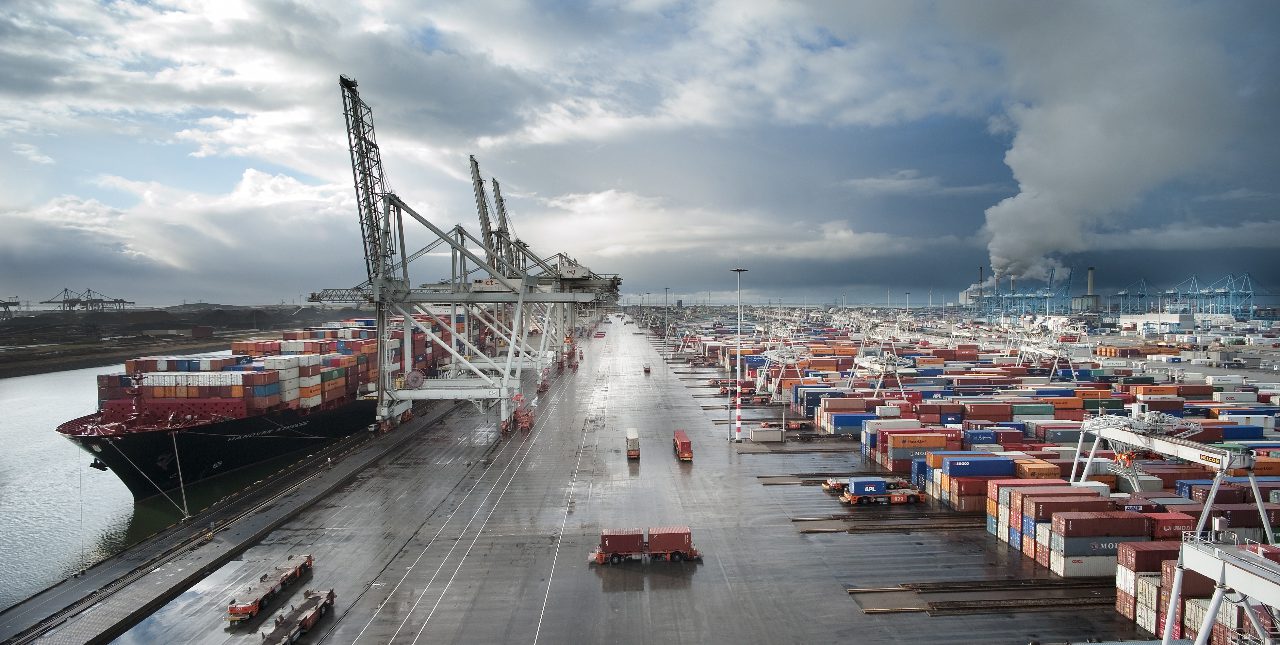Port Of Rotterdam – KMS System
- A Proactive and Predictive Approach in Asset Management – Development of a world-class asset management system for the effective maintenance and repair of marine structures – Port of Rotterdam Experience
Located in the heart of Europe’s industrialized and highly-populated triangle of the German Ruhr district, Paris and London, the Port of Rotterdam is strategically positioned on the world’s busiest sea and is Europe’s largest container port, handling over 12 million TEUs per year.
The Port of Rotterdam Authority (PoR) develops, operates and manages the Port of Rotterdam facilities and industrial area, and actively works with local and international governments and organizations in order to attract and retain businesses as well as to promote the safe and effective transit of goods.
In an effort to ensure sustainable economic development and growth, the Port of Rotterdam Authority’s objective is to strengthen its competitive position by investing in its infrastructure and by developing a world-class asset management system for the effective maintenance and repair of its marine structures.
THE MOTIVATION TO DEVELOP THE KMS (A WATERFRONT STRUCTURE MANAGEMENT SYSTEM)
The Port of Rotterdam owns approximately 75 kilometers of quay walls with a total replacement value of around 1.45 billion euros. Certain quay walls are deteriorating from accelerated low water corrosion because the substructure is constructed of steel sheet piling or steel combi-walls (combination of tubular piles and sheet piles). The concrete top structures are also degrading due to chloride in the water and carbonization due to CO2 in the air.
The typical service life for maritime civil engineering structures is approximately 50 years and a large proportion of Port of Rotterdam’s assets will be nearing the end of their service life in the coming years. In order to effectively and efficiently manage these assets, it was critical to develop a system that could track required annual maintenance as well as forecast and prioritize the short and long-term costs of keeping these structures safe and in service.
THE START OF KMS
The Port of Rotterdam Authority invested in the development of the KMS (the Dutch abbreviation for ‘quay wall modeling system’) in collaboration with exclusive partners, engineering firm SIMCO Technologies and Traduco Asset Management. The system is fully operational since the end of 2012.
The KMS was developed to provide Port of Rotterdam owners and managers with a means to optimize the preservation of their inventory of marine structures and reliably predict the future performance of concrete and steel elements exposed to a wide range of aggressive environments.
KMS – A PROACTIVE AND PREDICTIVE APPROACH IN ASSET MANAGEMENT
The KMS generates critical information for a comprehensive evaluation of the future condition of concrete and steel assets. Based on powerful algorithms, that have been fully validated, the KMS provides Port of Rotterdam owners and managers with insight into different maintenance and repair alternatives and their effect on the service life of their structures.
The system considers the possible risks and causes that endanger the structures (or parts of it) relating to availability, structural safety, sustainability, and aesthetics so it ranks the risks associated with retaining the desired functionality, then presents the financial consequences of postponing required maintenance for budgetary or economic reasons.
Based on the predictive deterioration models and risks, a multi-criteria approach is used to prioritize the maintenance tasks to be executed. This prioritization approach ensures that expenditure and maintenance are performed on the structures that are most economically important to the Port of Rotterdam Authority and where the safety risks are highest.
The technical risks of events are considered as well as the business value of the asset. Required maintenance tasks are therefore ranked based on – technical risk, commercial importance, availability requirements, and end of contract date.
The KMS system can be easily integrated into any asset-management platform with minimum customization efforts and adapt to any specific client requirements regarding the evaluation of concrete and steel degradation. With a simple request, this system is able to calculate the impact of different intervention options on risk management and capital expenditures on a single element as well as for an entire portfolio of structures.
“THIS PROACTIVE AND RISK-BASED ASSET MANAGEMENT APPROACH IS A STRATEGIC IMPERATIVE TO THE PORT OF ROTTERDAM IF WE WANT TO CONTINUE TO GROW AND EXPAND. ACCORDING TO OUR CALCULATIONS, AN ESTIMATED 3.3 MILLION EUROS IN SAVINGS CAN BE ACHIEVED BETWEEN INSPECTIONS WITH THE USE OF THE KMS SYSTEM”. HENK VOOGT, ASSET MANAGER, PORT OF ROTTERDAM.
PORTMAPS ALLOWS OWNERS AND MANAGERS TO VIEW ALL PORT SPATIAL OBJECTS AND RELATED OBJECT INFORMATION PROVIDED FROM EXPERT SYSTEMS (LIKE THE KMS), AND IS USED TO PERFORM GEOGRAPHICAL ANALYSES AND PROVIDE INSIGHT INTO ALL OF THE PORT’S ASSETS
The Port of Rotterdam’s objective as a “world-class” port is to ensure competitiveness while continuing to grow and expand. In order to achieve this objective, it is imperative that the port improves or optimizes what they already have. The Port of Rotterdam needed a platform to connect all of its systems in order to improve usability of its critical port information.
In 2013, Port of Rotterdam retains Esri to implement an ArcGIS platform called PortMaps. PortMaps is the Geographical Information System (GIS) for ports that gives insight into all of the port’s assets in an integrated way. PortMaps allows owners and managers to view all port spatial objects and related object information provided from expert systems (like the KMS), and is used to perform geographical analyses.
This new system enables decision-making on the basis of correct, complete and current information and leaves no room for different interpretation as it is unambiguous in the information and definitions it provides. It makes all the information accessible to the right people at the right time and facilitates smart and fast analysis.
Today, the PortMaps system is fully operational, and is being used by Port of Rotterdam staff at all levels that are accessing and updating a multitude of port information. For example, with just a click or a tap on the main map, port employees can easily access and view contract information about a specific asset, inspection reports and maintenance plans for different quay walls, etc.

